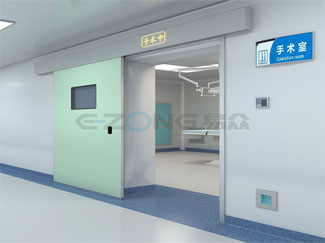Daily, weekly, monthly, and quarterly regular maintenance procedures help ensure the compliance of the clean room, regardless of the level of the clean room. For example, the positive pressure air in a Class 10 clean room should be run at full flow for at least 30 minutes before cleaning to ensure clean and fresh air in the room. The cleaning work starts from the highest point and goes all the way to the floor. Every surface, corner and window sill is first vacuumed and then wiped wet with a clean room. The operator wipes the surface in one way- down or away from itself-because the "back and forth" wiping motion produces more particles than it removes. They also use a clean surface wipe or sponge each new blow to prevent the redeposition of contaminants. On walls and windows, the wiping movement must be parallel to the airflow.
The floor is neither waxed nor polished (materials and processes that pollute the room), but cleaned with a mixture of DI water and isopropanol.
The maintenance of cleanroom equipment also requires special procedures. For example, in order to prevent the spread of grease and control its air molecular contamination (AMC), equipment that needs lubrication is shielded and isolated by polycarbonate. A maintenance worker in a lab coat wears three pairs of latex gloves for this maintenance work. After lubricating the equipment, the maintenance personnel took off the outer gloves, turned them over and placed them under the protective cover to prevent oil pollution.

If this procedure is not followed, the service representative may leave grease on the door or other surface when leaving the clean room, and all operators who subsequently touch the door handle will spread the grease and organic contaminants.
Some specialized clean room equipment must also be maintained, including high-efficiency particulate air filters and ionization grids. Vacuum the HEPA filter every 3 months to remove particles. Recalibrate and clean the ionization grid every six months to ensure proper ion release rate. The clean room should be reclassified every 6 months by confirming that the number of air particles meets the clean room class designation.
Useful tools for contamination detection are air and surface particle counters. The air particle counter can check pollutant levels at set time intervals or at different locations for 24 hours. The particle level should be measured at the center of the activity where products would be-at the height of the table top, near the conveyor belt, and at the workstations, for example.
A surface particle counter should be used to monitor the operator’s workstation. If the product breaks, the operator can use the device after the cleaning procedure to determine if additional cleaning is required. Special attention should be paid to air pockets and crevices where particles may accumulate.
We are clean room door suppliers. If you are interested in our products, please feel free to contact us.
Post time: Sep-23-2021


